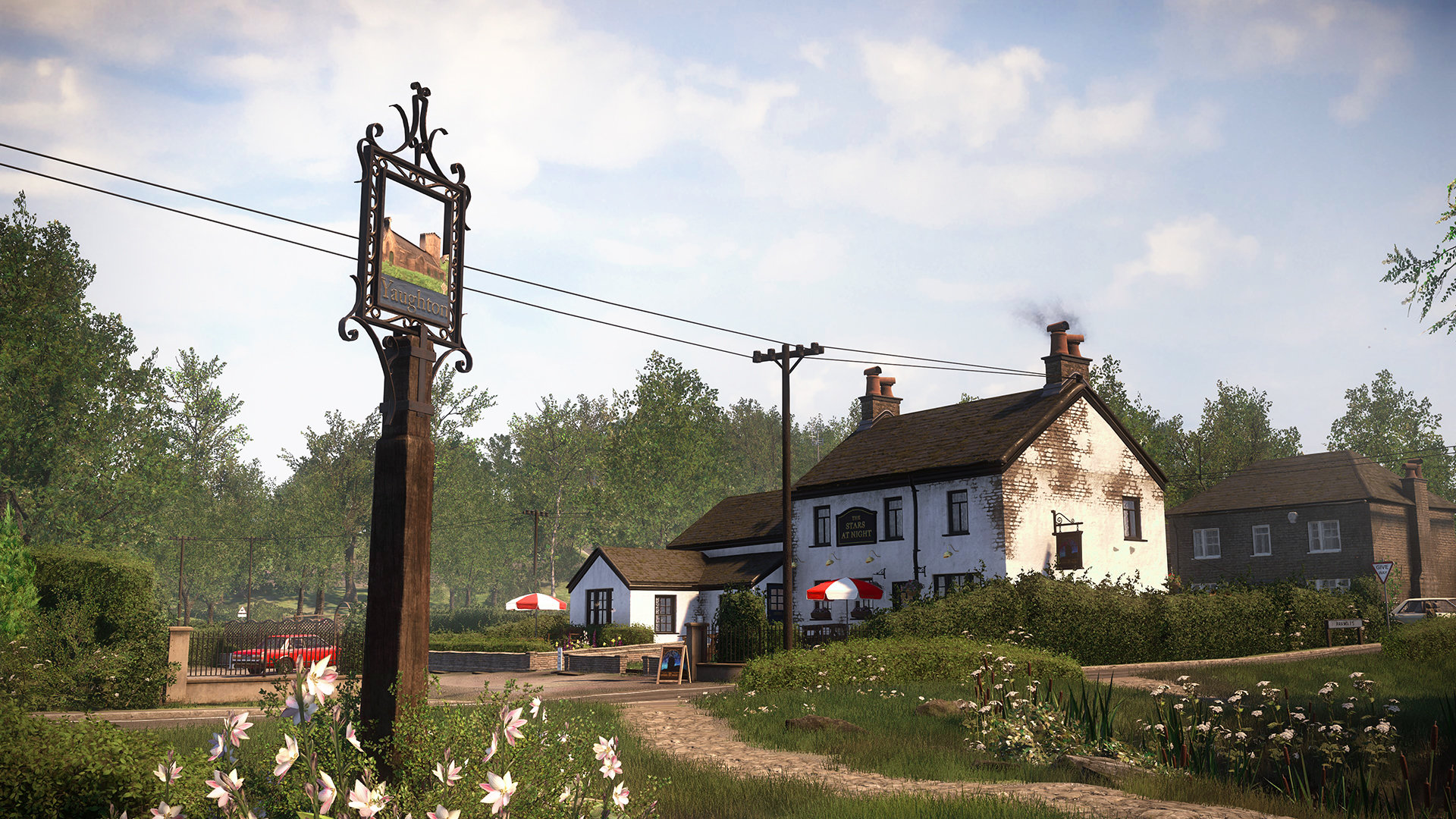Platform Reviewed: PC
Platforms Available: PS4, PC
Publisher: Sony Computer Entertainment (PS4), PlayStation Mobile (PC)
Developer: The Chinese Room, Sony Computer Entertainment Santa Monica Studio
Release Date: April 14, 2016 (PC), August 11, 2015 (PS4)
MSRP: USD $19.99 (Php 924.96)
Everybody’s Gone to the Rapture is a game set in a beautiful, untouched post-apocalyptic town by the countryside of England. It is a pretty easy game to play, since its main focus is to just deliver a story. Unlike any other post-apocalyptic games (like Fallout, Metro: Last Light, or even the first Bioshock), Everybody’s Gone to the Rapture’s gameplay solely focuses on walking to one place to the other, letting the player know as to what has occured in that specific area by showing different stories that happened corresponding to the places you’ve visited. The game may not offer you the same post-apocalyptic experience that Fallout or any other similar games, but for an indie game, Rapture was still able to properly deliver its supposed content solely on its story (with a little bit of gameplay interaction, of course). Here is the game’s review.
Let’s first talk about Rapture’s gameplay. Rapture lacks a bit of gameplay, considering you just walk from one place to another (and by walking I meant you’ll be walking a whole lot in this game, since there’s no running animation on this one), visit specific houses and/or places, and interact with a few interactable objects (radio, T.V., telephone, generally), and uncover stories behind specific places by either just simply walking up to a certain place, or by adjusting a strange brightly-colored orange ‘light’. Now, this orange light is sort of like your ‘guide’ for you to discover what has happened throught the different places you’ll be discovering. You’ll be discovering what the light is and what is really its purpose later in the game. Other than that, the game doesn’t really offer that much anymore. A straightfoward gameplay from an indie game is not a new thing, but Rapture is definitely one of those simple indie game’s that has proven that even the simplest and most straightforward of games can still offer you great stories.
The game’s graphics, though, is just simply amazing. Cry Engine has always proved that it is one of the far more superior engines out there by graphics alone. Rapture was able to give you the England feel, from the countryside locations found in the game, to the telephone booths colored in red, to the car’s driver seat located on the standard driving’s shotgun, to the varying weather, depending on what of the story you’re in. Rapture’s environment is really beautiful. The difference it has from the other post-apocalyptic games is that the place isn’t ruined at all, but still left as to what it was before. What’s more interesting about the game is that it doesn’t really tell you about what happened in the apocalypse, but what the people felt, and had to do, during the apocalypse.
The apocalyptic world of Rapture all began when a ‘plague’ broke through a certain town in England. Doctors have labeled it as such, due to the fact that they lack sufficient knowledge as to what it is, and is currently trying to contain it, thus acquiring the ‘quarantined zone’ title in their residences. The tension gets ever more heavier, as the people residing in the area are forced to face an unknown enemy unprepared, with only themselves and other people to rely on on how to solve the town’s problem. There are only a number of characters in this game: Father Jeremy, the local priest, and leader of the community, Wendy Appleton, Stephen Appleton’s mother a frank, yet kind person, Frank Appleton, Wendy’s brother, a hard-working member of the Appleton family, Lizzie Graves, a cripple who’s said to have been stuck in the town, Stephen Appleton, Wendy’s son, a selfish, stubborn, but also a highly-intelligent man, and Kate Collins, the epicenter of the game’s events and the only one who wants to understand what the ‘orange light’ is.
I personally love the idea about how the developers used this instead of showing us what has happened during the apocalypse, since it adds more drama to the game. The game showcases each character’s trait, depending on what predicament they’re in. The idea of “how the people would react/feel about the tragedy” is certainly the strongest point in this game. The gameplay’s simple feel makes it a bit boring and lackluster, though, since you can’t run and there aren’t really any other mechanics present in the game, but you won’t be able to deny that the game’s story would most certainly be aesthetic.
This review is based on a review copy provided by the developers/publisher.


